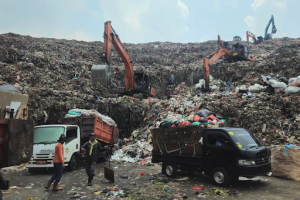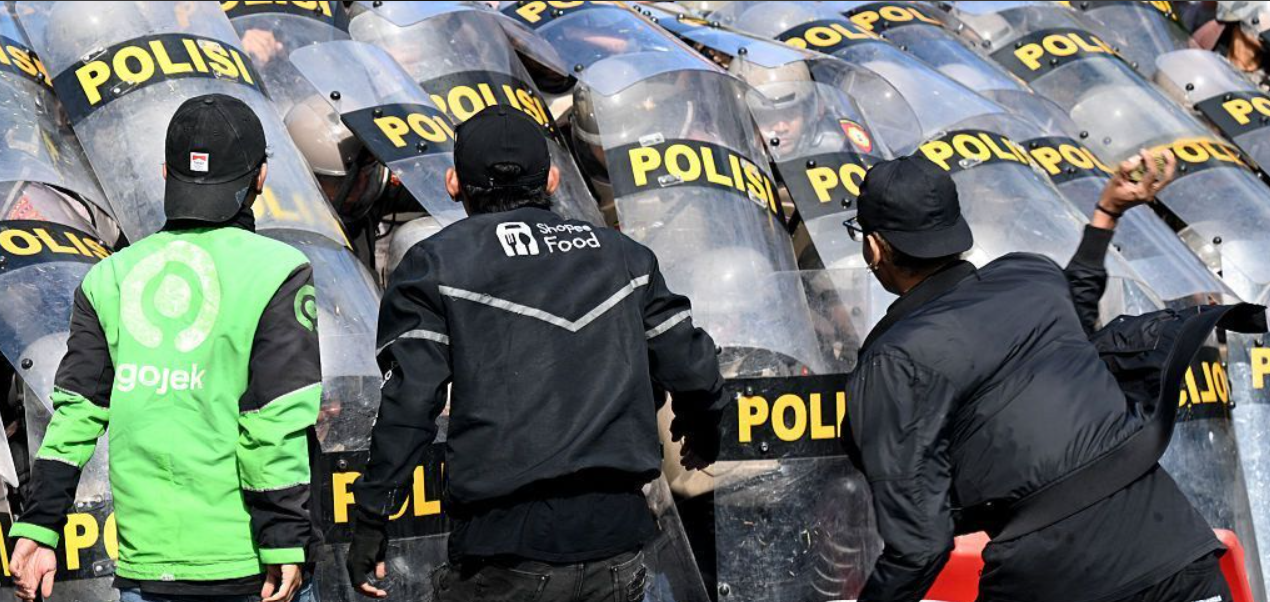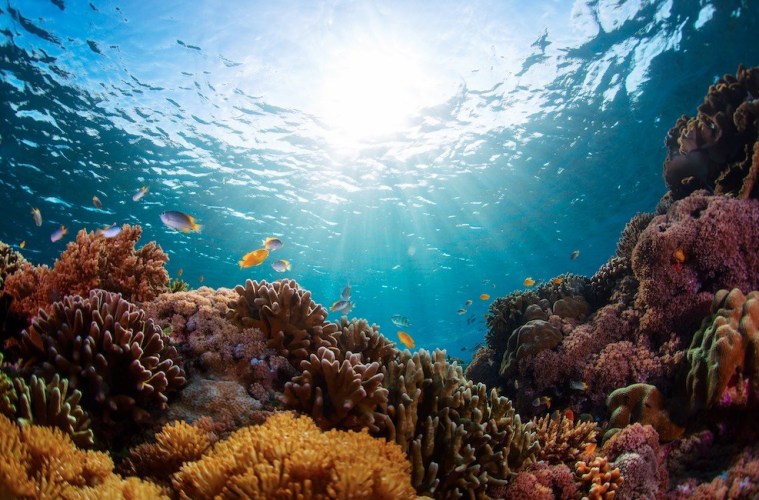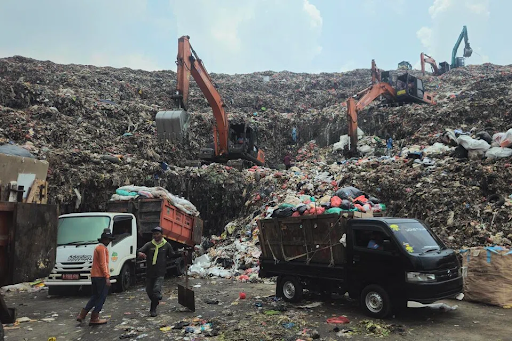Far from the picture painted soft as ancient mythologies, the Goddess of Earth really easy skittish and volatile. He was so sensitive that the slightest weather and climate change, the tercabiklah the earth’s crust, volcanic eruptions and out, earthquakes and landslides are all terrific.
The statement was not from the storyteller, but some scientists conclude that mid-September 2009 gathering in London, England, at a conference titled “Climate Forcing of Geological and Geomorphological Hazards.”
The scientists assess climate change could damage the balance of the planet Earth, and then reward people with a series of geological disasters.
Has long been known that the climate and the movement of the earth’s crust related to each other, but only now confirmed that the layer of earth pekanya how to air, ice and water on it.
“You do not need massive changes to provoke the response of the earth’s crust,” said Bill McGuire of University College London (UCL), who chaired the conference of scientists.
Simon Dya from Oxford University, and McGuire and Serge Guillas from UCL, described the evidence that how subtle changes in sea level affects the Fault kegempaan East Pacific, one continental plate boundaries are the fastest effloresce.
Memokuskan Scientists focus on Easter mini plates – which extend tectonic plate beneath the ocean off the coast of Easter Island – because the plates are relatively isolated from other fault-fault.
This focus makes the effort to distinguish the changes in plate tectonics that occurred because of the climate system, from which is created by the collision.
Since 1973, the arrival of El Nino wave every few years is correlated with the frequency magnitude underwater earthquake magnitude 4 and 6.
Scientists believe, the emergence of El Nino and the underwater earthquake was related. El Nino sea surface up to tens of centimeters. Scientists also believe that the extra water weight can increase the pressure of the fluid flow in porous seabed rocks.
This pressure sufficient to neutralize the energy of rock supporting the shift to remain in place, so that the fault-fault to be easily moved. “Changes in sea level occurs slowly and minor harassment can impact a huge,” said Day.
Volcanic Eruption
Small changes in the ocean also could affect volcanic eruption, continued David Pyle of Oxford University.
After examining volcanic eruptions in the last 300 years, Pyle judge of character volcanism (volcanic activity) vary, depending on the season.
He said, volcanic eruptions around the world 20 percent more common in winter (northern hemisphere) than in summer.
That’s because the rate of global sea level fell slowly during the winter, and because more land in the northern hemisphere, the water becomes more freezes into ice and snow during the winter (southern hemisphere).
Meanwhile, most of the most active volcanoes in the world is only tens of kilometers from the coast. This indicates, depreciation on the weight of the ocean continent that occurs due to seasonal decline in sea level, can trigger volcanic eruptions around the world, Pyle review.
The view that some volcanoes erupt when the sea level fell, did not mean that rising sea levels due to climate change, will press the volcanic activity.
In Alaska, Mount Pavlof more often erupt in the early months in the winter, while initial research Steve McNutt of Volcanology Observatory concluded, rising sea levels 30 cm each winter, due to a low air pressure and strong storm surge.
Location Volcanology Pavlof is shown, the additional weight in the nearest ocean could push the magma to the surface.
In other areas, heavy as estra ocean sea level rise, could arched crust and reduce the compression so that the magma became easier to reach the surface in the mountains nearest the fire, said McGuire.
All the examples that seem contradictory, but essentially any changes in sea level can change the pressure on the edge of the continent which is enough to trigger volcanic eruptions that are ready erupted, said McGuire.
Small changes in rainfall could also trigger volcanic eruptions. In 2001, major eruptions at Soufriere Hills volcano on the island of Montserrat in the Caribbean due to high rainfall.
High rainfall is destabilizing dome volcano spewed enough for the magma within the volcano’s stomach.
Today, the tropical rain seems to have generally considered to trigger volcanic eruptions, while according to scientific models of climate, many regions, including the tropics, the heat increases due to climate change.
Adrian Matthews from the University of East Anglia and his colleagues, examined the response one minute to the Montserrat volcano after subjected to more than 200 “stimulus” for three years. The research team found, it looks resposn of increased volcanic activity during the two days.
Daily rain increases the likelihood that the volcano dome keroposnya from 1.5 to 16 percent, so no need to wait for a big rain. “You do not need a storm (to undermine the dome of the mountain),” Matthews said.
Ice layer
Perhaps the greatest geological barriers for the impact of climate change is melting the ice. In addition to the risk that the sediments that appear shaky because of ice melting could slip into the sea as the tsunami trigger landslides, date ice can also trigger volcanic eruptions.
“Even downsizing (water ice) tens of centimeters is enough to create change,” said Andrew Russell of the University of Newcastle.
Example Glaciers Vatnajökull in Iceland are standing on the plate boundaries and a number of possible volcano vanished two centuries later. “If it disappears, you have to fight to kill the horror of the growing burden (ocean) which would increase the volcanic activity,” said Russell.
At the beginning of the last ice age, volcanic activity in northern Iceland increased to 30 times greater than now. And if later on the mountains of fire in the northern hemisphere icy burst, then the scattering will scatter in the eruption.
Illustration occurred in the 1783 Laki Volcano in Iceland sulfur dust spewed into the whole of Europe so that continent are experiencing a deadly winter that killed thousands of people.
At present it is not clear how much climate change will affect the frequency and intensity of earthquakes and volcanic eruptions since the sensitivity of the climate of planet Earth had been observed intense lately.












